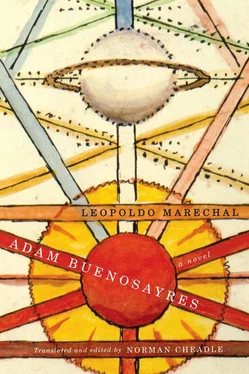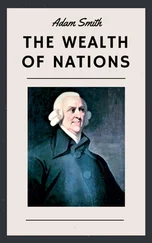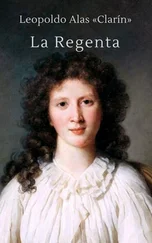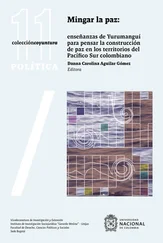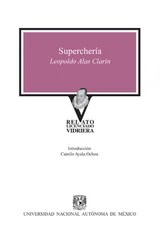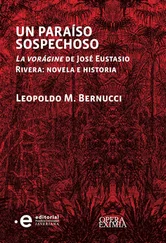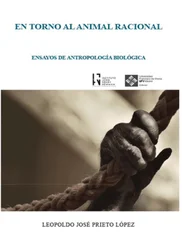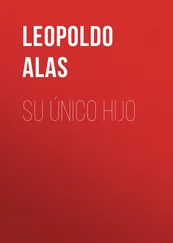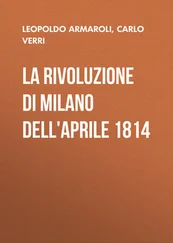The neutral evocation of the mulatta in Marechal’s text contrasts with the overtly scornful racism in Mármol’s novel. Rosas did indeed enjoy the support of the lower classes, including Afro-Argentines, and his plebeian support-base only served to disqualify Rosas’s legitimacy in the eyes of the cultivated and patrician Unitarians. That Sebastián declares himself a good Federalist is an index of Marechal’s sympathy with the historical revisionism of Catholic nationalism, first given expression in Julio Irazusta’s Ensayo sobre Rosas (1935).
36 In the original: tocarle el violín [play the violin on him]. As Navascués ( AB 115n) explains, this was a torture called la refalosa in which a knife is slowly drawn back and forth, like a violin bow, across the victim’s throat. Hilario Ascasubi immortalized the practice in his poem “La refalosa” (1839), in which one of Rosas’s mazorqueros describes this torture in detail.
37 Rosas insisted that his followers and partisans wear a red insignia in the form of a tie or ribbon to indicate their Federalist allegiance. The Unitarian colour was blue.
38 According to rural custom, a gaucho who arrived at a ranch would ask for permission to dismount. Permission granted would usually mean that the stranger would be fed and lodged among the ranch-hands for the night, and his horse allowed to graze.
39 Navascués ( AB 116n) reads in this phrase, which Adam will repeat in Book Five, a nod to Joyce’s Ulysses . In “Telemachus” (chapter 2), Stephen Dedalus says inwardly, “Weave, weaver of the wind” (30). In J. Salas Subirat’s 1945 translation: “Teje, tejedor del viento” (56).
40 Boethius (480–524), author of De Consolatione Philosophiae [The Consolation of Philosophy], a Neoplatonic dialogue between Philosophy and himself ( OCD ).
41 Reference to Río de la Plata , literally “River of Silver,” traditionally (mis)translated by the English as the “River Plate.”
BOOK ONE, CHAPTER 2
1 General José de San Martín (see 634n30). According to Argentine tradition, the Sargeant Juan Bautista Cabral saved the life of his leader, San Martín, in the Battle of San Lorenzo (Feb. 3, 1813) against royalist forces. In his Historia de San Martín y de la emancipación americana (1887–88), Bartolomé Mitre immortalized the scene in which Cabral, after freeing San Martín from beneath his fallen horse, was mortally wounded by the enemy and died saying: “Muero contento! Hemos batido al enemigo!” [I die happy! We have beaten the enemy!].
2 The poet Jacobo Fijman (1898–1970), on whom Samuel Tesler is based, was born in Uriff in Russian Bessarabia (Bajarlía 11). In the parenthetical passages throughout this chapter, Marechal deliberately parodies Lives and Opinions of Eminent Philosophers , by Diogenes Laërtius (Marechal, Claves 14).
3 Santos Vega: a legendary gaucho and payador (cowboy minstrel), immortalized in nineteenth-century Argentine gauchesque poetry, where he becomes a Romantic icon of the spirit of life on the pampa.
4 Otium poeticum : leisure for poetic contemplation (Navascués, AB 127n). Incorrectly rendered in the original as ocius poeticus due to inference from the Spanish ocio poético .
5 Galician Spanish immigration accounted for 17 percent of the total number of immigrants to Argentina between 1857 and the 1930. The gallegos , in popular culture, came to be known by several stereotypical features, both positive and negative. According to María Rosa Lojo, they were seen as honest and hard-working, but also as gullible and unsophisticated ( Los “gallegos” 34–5).
6 Quo usque tandem, Catalina, abutere patientia nostra? [How long will you abuse our patience?] The sentence is from Cicero’s first speech against Catiline, who proposed his candidacy for the Roman Senate after having been implicated in a political plot.
7 Samuel’s note is lifted almost straight from René Guénon’s book Le symbolisme de la Croix (1931): “ ‘When this yod has been produced’, says the Sepher Yetsirah , ‘that which remained of the mystery of the hidden Avir (ether) was aor (light),’ and in fact, if yod is removed from the word Avir , what is left is Aor .” According to Guénon, following the ancient Kabbalistic text Sepher Yetsirah , the yod “hieroglyphically represents the Principle, and all the other letters of the Hebrew alphabet are said to be formed from it, a formation which, according to the Sepher Yetsirah , symbolizes that of the manifested world itself” (Guénon, Symbolism 25). Marechal was an avid reader of Guénon’s books (Coulson 8, 97). Cf. 626n20, 628n6, and 677n70.
8 This seems to be a reference to G.K. Chesterton’s novel The Man Who Was Thursday (1908). Chesterton was quite popular in Buenos Aires. Borges wrote about him in “Sobre Chesterton” ( OC II, 72–4). Although he respected his style, Borges argues against Chesterton’s views in “De las alegorías a las novelas” [From Allegory to Novel] ( OC II, 122–4). César Pico (see 680n102) was known as the “Chesterton porteño.”
9 Macedonio Fernández (1874–1952): an eccentric personality, witty metaphysician, literary and aesthetic theoretician, brilliant conversationalist, and avant-garde novelist. He corresponded for several years with the American philosopher William James. Macedonio was adopted as a mentor by the literary avant-garde in 1920s Buenos Aires.
10 Sentence attributed to classical Greek author Menander (341–290 BCE), as noted by Navascués ( AB 133n). In the next paragraph, Adam continues in a mock-classical vein by referring to Castor and Pollux, twin sons of Zeus and Leda.
11 Crítica [Critique] and La Razón [Reason] were two popular daily newspapers in Buenos Aires. Barcia (198n) notes that when Ortega y Gasset visited the city and heard the vendors hawking these papers on the street, he remarked: “It’s the hour of Kant” in reference to The Critique of Pure Reason . But in his article “La Pampa… promesas” written in Buenos Aires in 1928, Ortega qualifies his verbal association as a comical accident, a calembour (Ortega 630) whose absurdity underlines what he had written in 1924 in his “Carta a un joven argentino que estudia filosofía” [Letter to a Young Argentine Student of Philosophy]: “You Argentines are more sensitive than precise, and as long as that doesn’t change, you will be entirely dependent on Europe in the intellectual realm” (340). In a second article written in 1928, “El hombre a la defensiva,” he is even more sharply critical of Argentine men (he carefully distinguishes them from the women). Gloria Videla, discussing Ortega y Gasset’s intertextual presence in Marechal’s novel, aptly proposes that Marechal “co-elaborates” Ortega’s ideas, accepting them, refuting them, recreating them (Videla 166). The theme deserves more study, but it would seem that Marechal also turns Ortega’s ideas against him (see 641n25 and 645n3). In any case, the two were hardly friends; when Marechal visited the Spanish philosopher in Madrid in 1926, he was given a “glacial” reception (Andrés 26). In 1927, the “Madrid meridian affair” — occasioned by Guillermo de Torre’s claim that Madrid was the intellectual meridian of the Spanish-speaking world — provoked the collective ire of the martinfierristas ; but Marechal directed his retort specifically against “Ortega y Gasset and his tribe” (Andrés 23).
12 Mulattos: Samuel Tesler’s favourite insult (see 649n30).
Читать дальше
